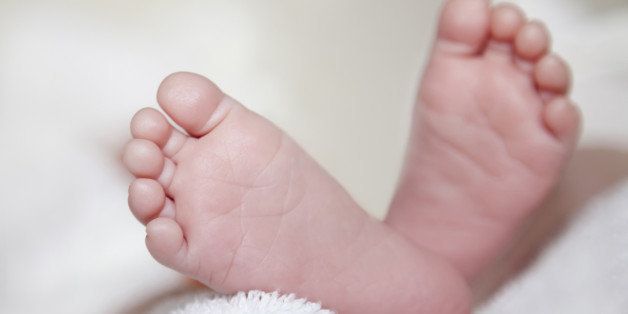
On December 25, as millions across the world come together to celebrate the holiday season with family and friends, an estimated 800 mothers and 7,500 newborns will die in labor, childbirth or from complications in the first month, almost all of them with little public notice. And these numbers do not include the more than 7,000 stillbirths that also occur every day.
More than 95 percent of these deaths take place in poor countries where such deaths are so commonplace that in some regions babies often go unnamed until they survive the first month of life.
This staggering death toll of mothers and babies -- at least two-thirds of whom could be saved with adequate care -- represents one of the greatest health challenges of the 21st century.
While recent success in treating pneumonia, diarrhea and malaria, among other diseases, has spurred significant progress in reducing the deaths of children who survive the first month of life, there has been less progress in saving mothers and newborns. Babies dying within the first month of life now account for 44 percent of all deaths of children under age 5. In some countries babies account for nearly 60 percent of child deaths.
We can do better, especially considering the huge inequities involved. In Africa, for example, a newborn's risk of dying is 5 times greater than in Europe, and a woman's risk of dying in pregnancy and childbirth is 30 times higher. Even in countries that have made progress in saving maternal and newborn lives, there are often major disparities in death rates of mothers and newborns among a country's wealthiest and poorest populations.
We know what are causing these deaths. More than 40 percent of maternal deaths, newborn deaths and stillbirths occur around the time of birth. Babies that are born too small or too soon are at the greatest risk. Other babies cannot breathe at birth and die of asphyxiation while others develop deadly infections. Solutions as basic as an inexpensive antiseptic to protect the umbilical cord from infection or a bag and mask resuscitation device to help babies breathe have the potential of saving hundreds of thousands of lives. Old norms and customs around child birth also continue to claim countless lives. In some areas, mothers are allowed to bleed to death based on the misconception that "bad blood" from the mother needs to be purged.
To put a halt to these needless deaths, 194 countries endorsed the Every Newborn Action Plan at the World Health Assembly in 2014. This action plan is part of the UN Secretary General's Every Woman, Every Child initiative and A Promise Renewed -- both of which seek to accelerate progress for ending preventable maternal, newborn and child deaths. A broad range of experts, activists and government officials -- representing the interests of reproductive, maternal, child and adolescent health -- have agreed to work together to save the lives of mothers and their babies, with a special focus on Africa and South Asia, where the majority of these deaths take place.
An important component of the action plan is identifying effective ways to support country efforts to end preventable maternal and newborn deaths. The Ministries of Health in many countries, including India, Ethiopia, Uganda, Ghana and others, already have adopted new policies to make it easier for health workers to save newborn and maternal lives. The next big step -- and this is already happening in many countries -- is to put these new policies into practice and scale up proven interventions in ways that will have impact country-wide.
This is not an easy or simple undertaking. Health systems in many countries are weak, and the demand for services is huge. But with increased attention and focus on mothers and newborns, 2015 could well be a turning point in ensuring that more new parents in the future can celebrate this time of year with joy rather than sadness and loss.
